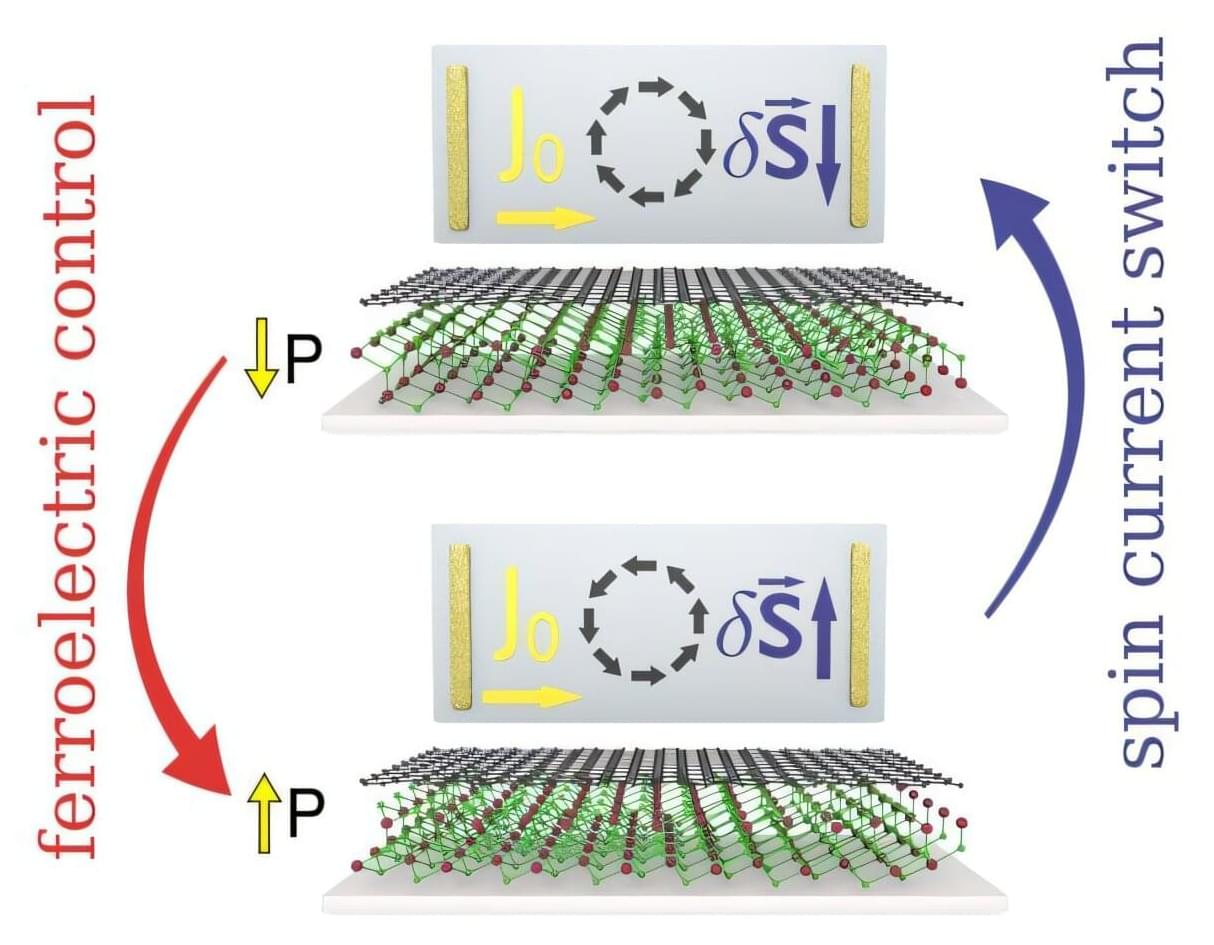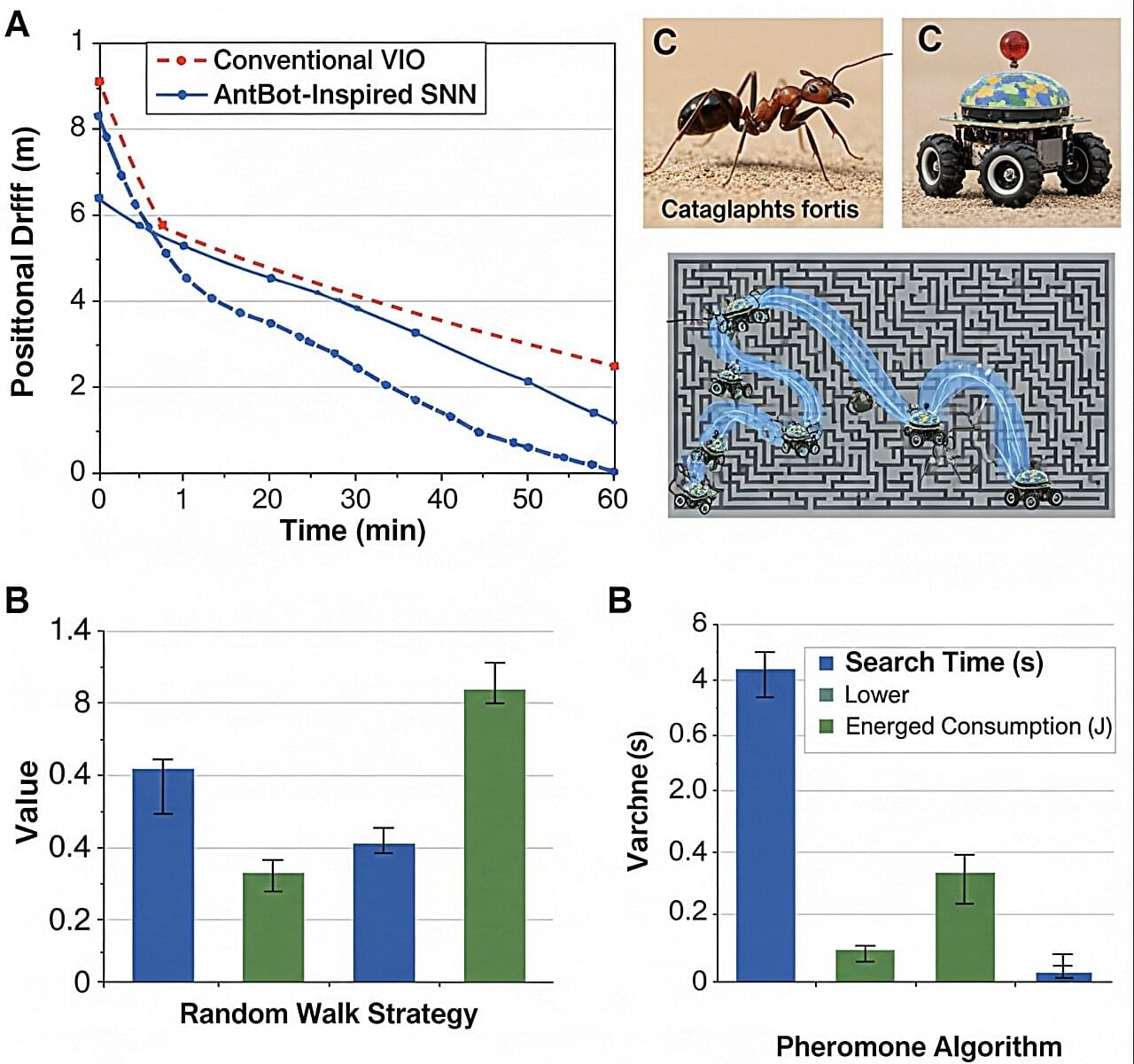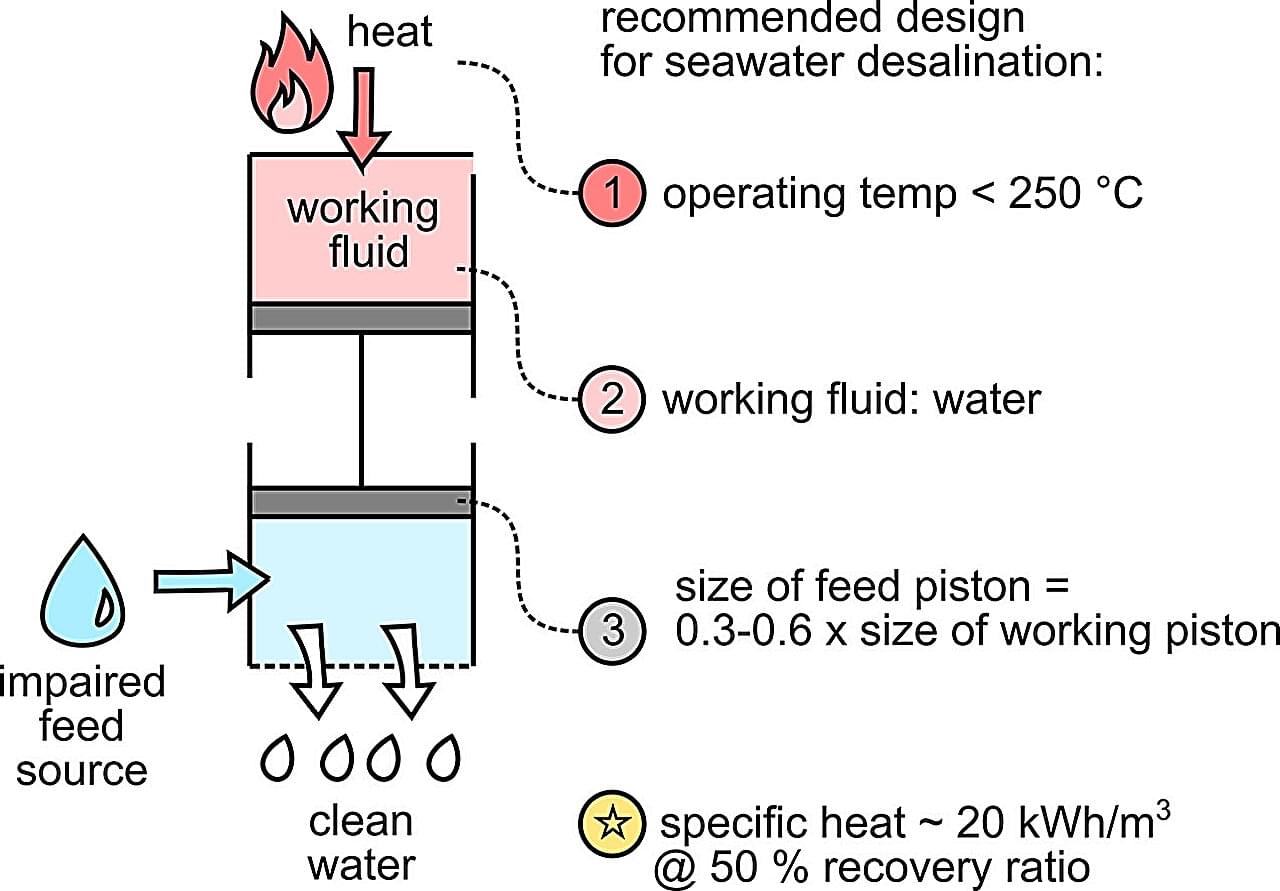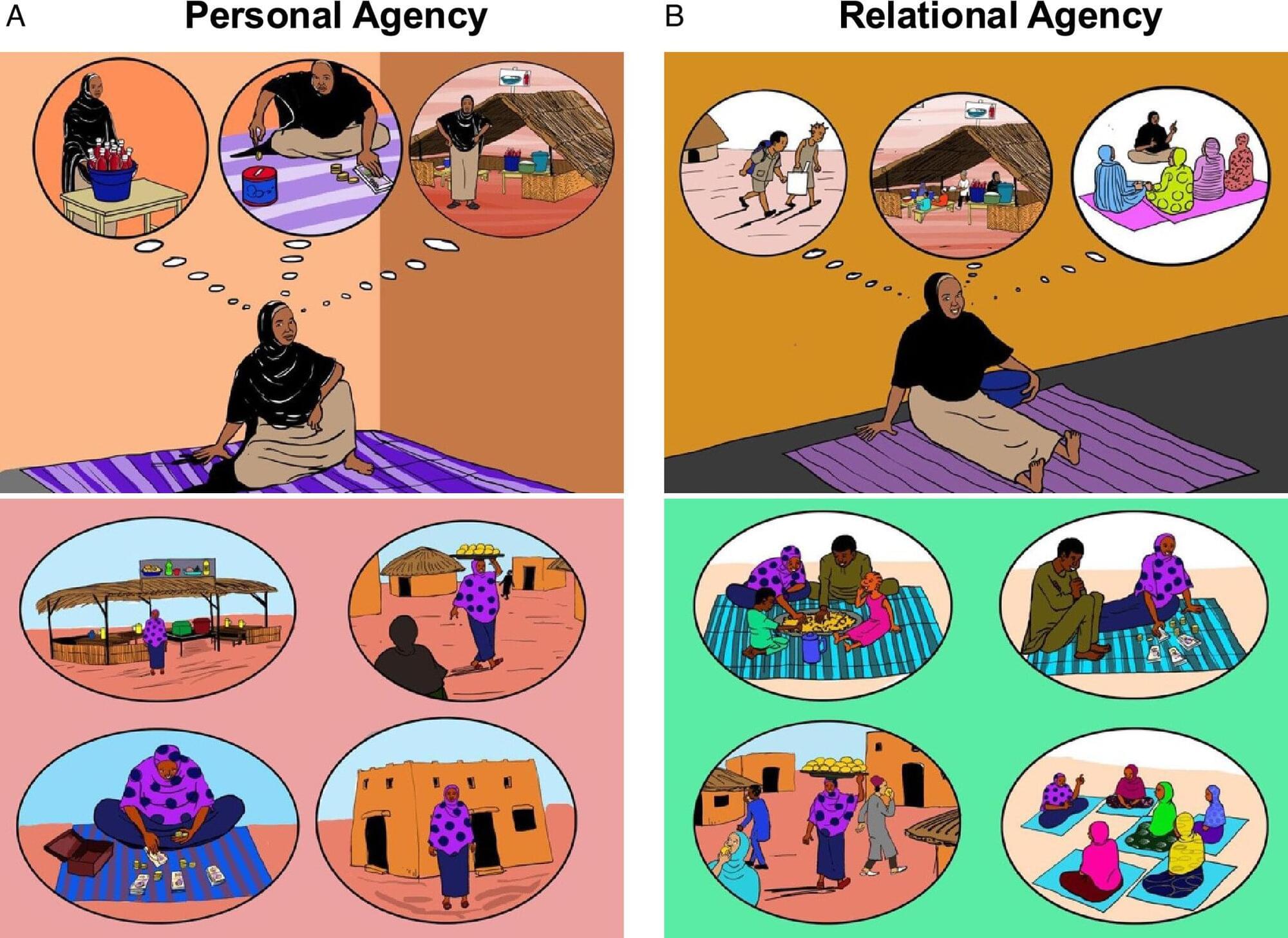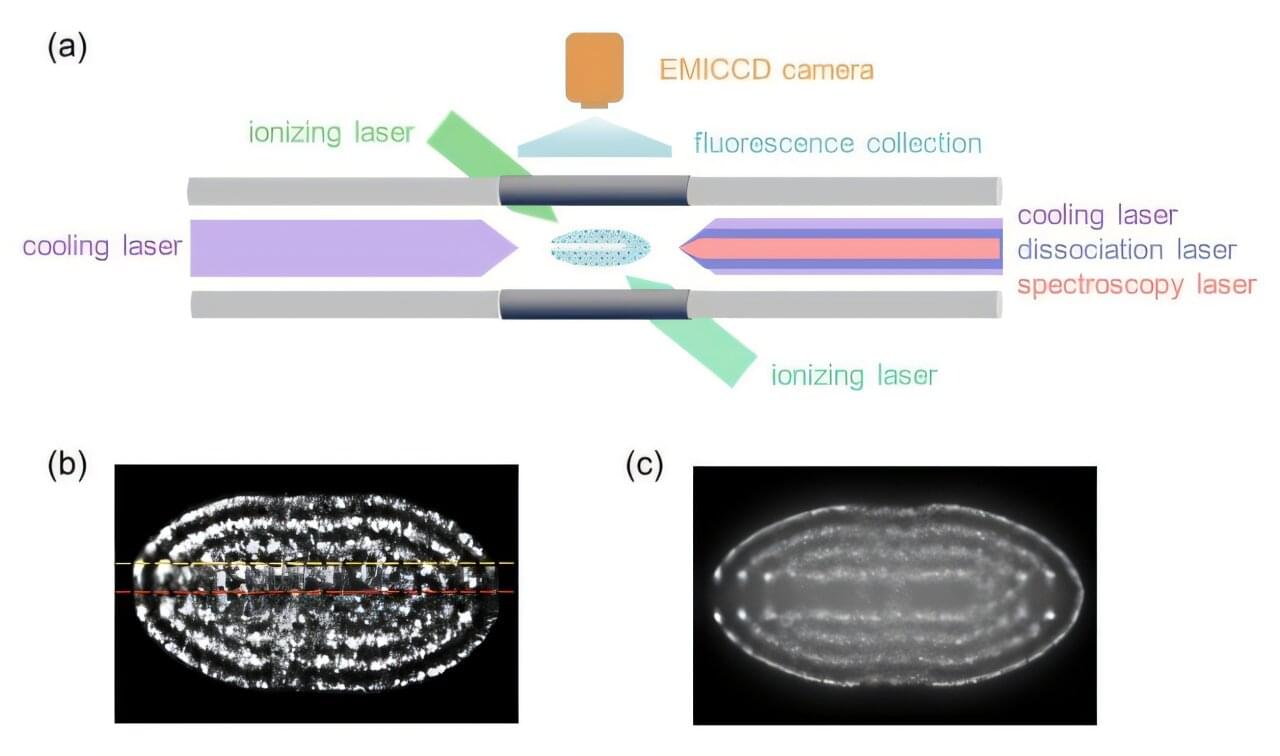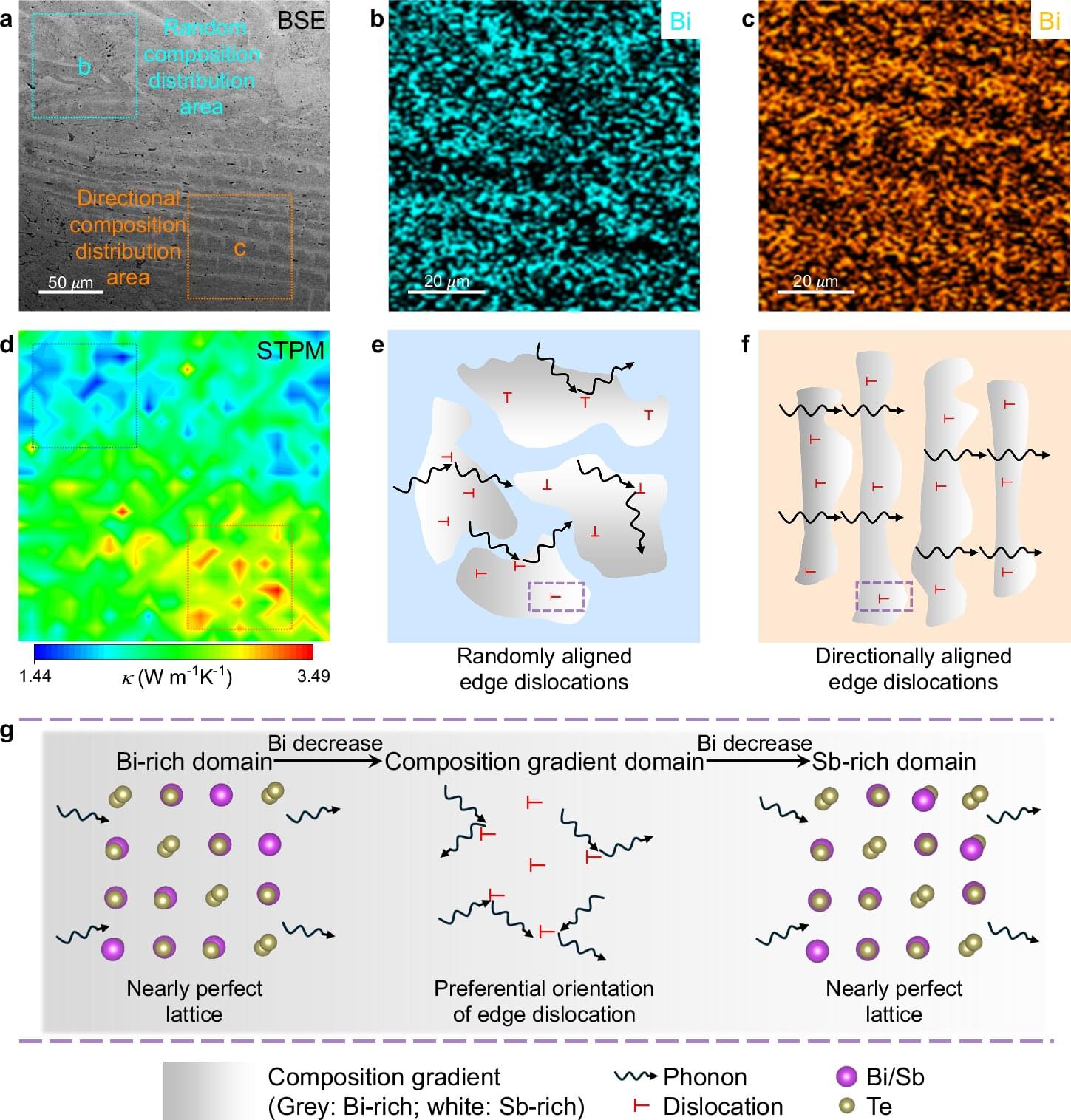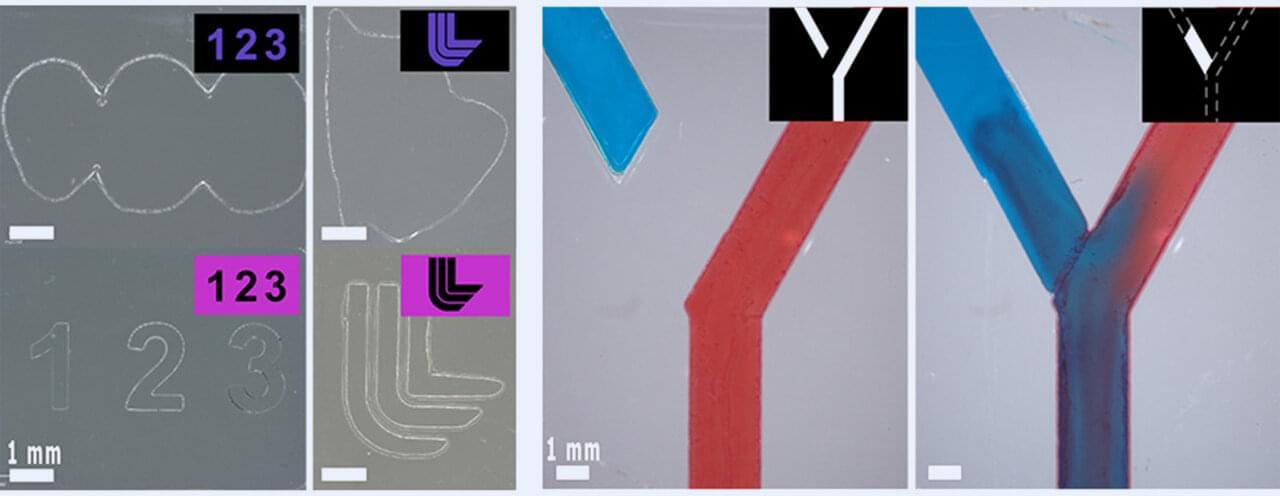A collaborative European research team led by physicists from Slovak Academy of Sciences has theorized a new approach to control spin currents in graphene by coupling it to a ferroelectric In2Se3 monolayer. Using first-principles and tight-binding simulations, the researcher showed that the ferroelectric switching of In2Se3 can reverse the direction of the spin current in graphene acting as an electrical spin switch. This discovery offers a novel pathway toward energy-efficient, nonvolatile, and magnet-free spintronic devices, marking a key step toward the fabrication of next-generation spin-based logic and memory systems to control spin textures.
The findings are published in the journal Materials Futures.
